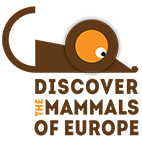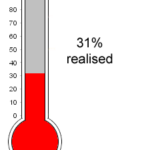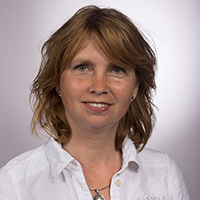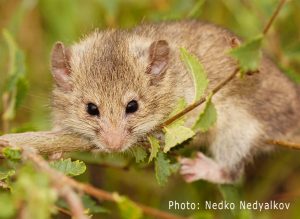 In Europe, 5 dormice occur – Garden dormouse, Fat dormouse, Hazel dormouse, Forest Dormouse and the Mouse-tailed dormouse (Myomimus roachi) – one of the rarest rodent species in the Western Palearctic, possibly the rarest mammal species in Europe.
In Europe, 5 dormice occur – Garden dormouse, Fat dormouse, Hazel dormouse, Forest Dormouse and the Mouse-tailed dormouse (Myomimus roachi) – one of the rarest rodent species in the Western Palearctic, possibly the rarest mammal species in Europe.
It occurs only in a small area in Bulgaria and Turkey and several isolated locations in western Anatolia. Maybe it occurs also in Greece. But that is not certain (see the references at the end of this page).
The Mouse-tailed dormouse inhabits extensively used agricultural lands, a habitat that is rapidly disappearing from Europe. Together with the National Museum of Natural History Bulgaria, The Habitat Foundation started a project to safeguard its existence in Europe.
First live catch since 1978
The species had not been seen in Bulgaria since 1978 and was almost considered extinct. Till in 2017, a small population was found in the most southeastern part of Bulgaria. To fill the gaps in the knowledge about this species, the Bulgarian researcher Nedko Nedyalkov started a small scale research, monitoring and conservation project. He placed nest boxes and cameras in the new areas, where the species was reported. The nest boxes are used by the dormice to sleep during the day. This facilitates the monitoring of population changes and the collection of samples for DNA analysis. Nedko also wants to start a survey in Greece to find out if the species (still) occurs there.
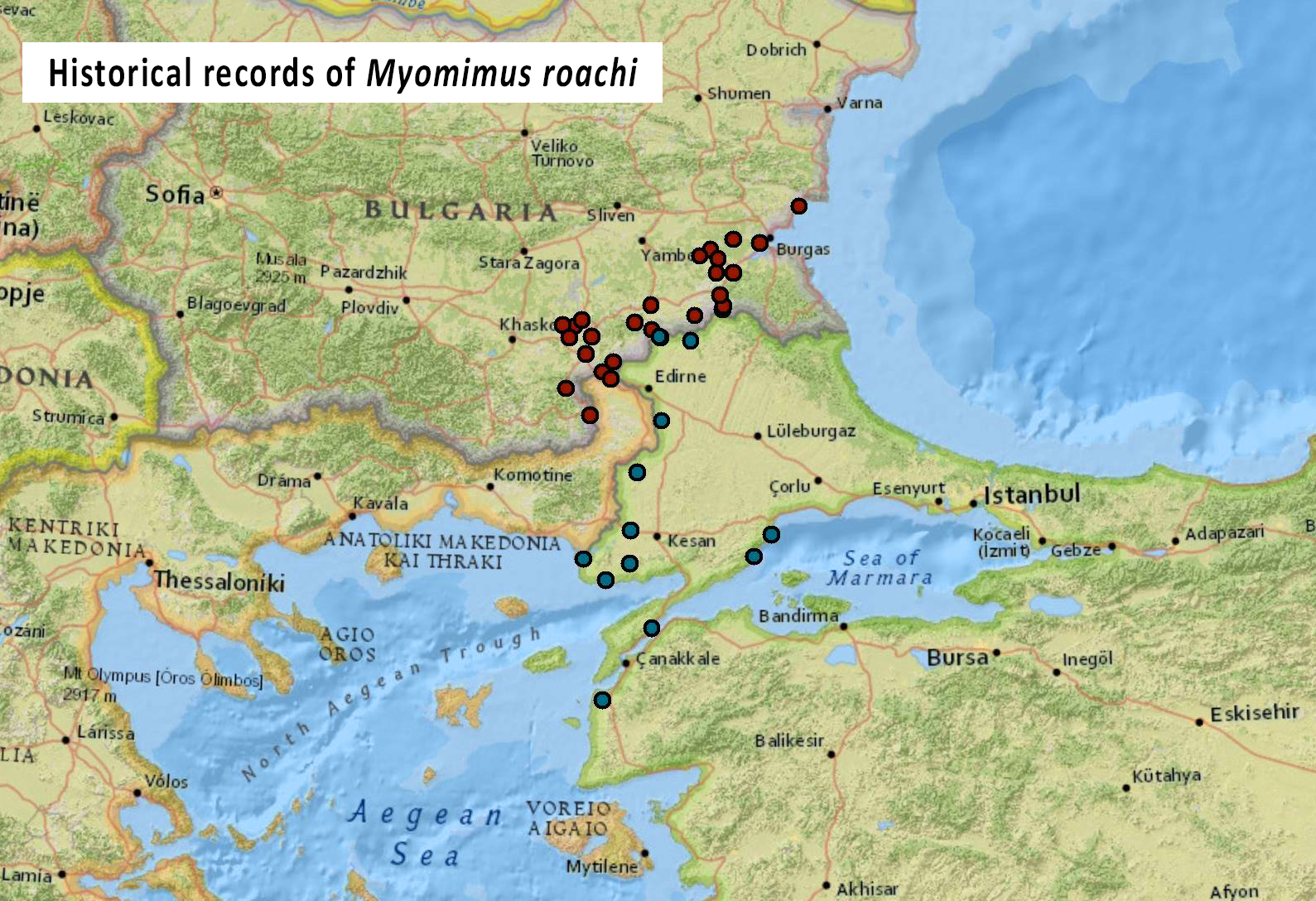 Research for habitat management
Research for habitat management
It is known that this species lives in open and semi-open habitats. Usually uses old oaks, walnuts and pears, close or in agricultural fields. This makes him very vulnerable to many agricultural practices. Unknown is how he uses these habitats. The nest boxes and cameras will provide new insights into the habitat preferences of the Mouse-tailed dormouse and enable the collection of data on its biology and ecology (diet, activity, population structure and genetics, parasites).
Currently, only part of Nedko’s work is financed by the People’s Trust for Endangered Species (PTES), National Parks and Wildlife Services Ireland and private donations. You can help Nedko also with a donation. The money will be used to place extra nest boxes in 3 new locations and to visit them at least twice per year.
PROJECT OBJECTIVES
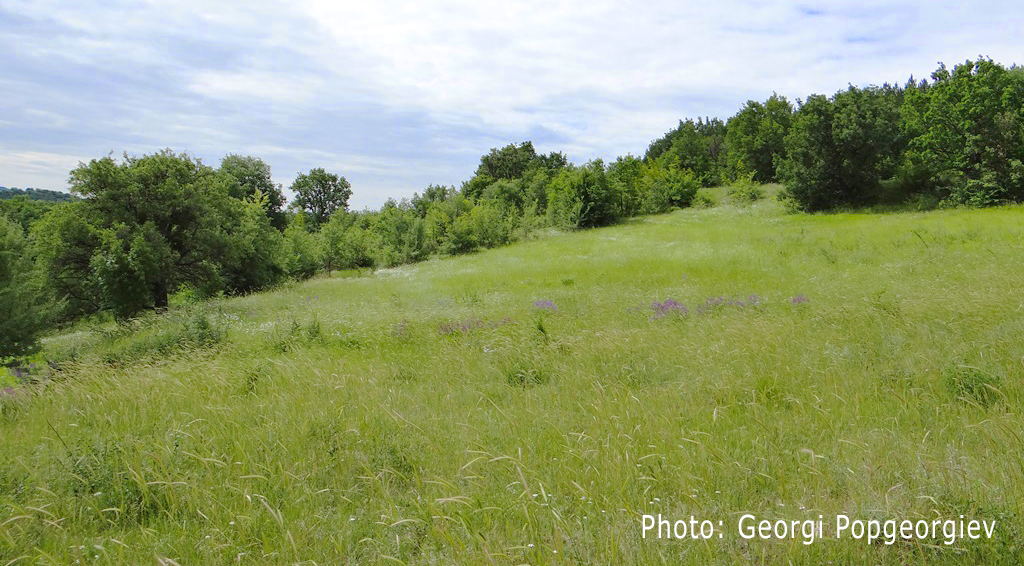
1. Establish long-term monitoring.
2. Learn more about the species’:
- Habitat preferences;
- Population and genetic structure;
- Diet and Food preferences;
- Parasites;
- Relation with the rest of the dormice and small mammals;
- Status in Greece.
3. Develop a species action plan for the conservation of the species in Bulgaria.
PROJECT PARTNERS

National Museum of Natural History, Sofia, Bulgaria
BUDGET NEEDED
- Production of extra nest boxes: € 1,000.-
- Travel and accommodation costs: € 10,000.-
- PR material for meetings with landowners: € 2,000.-
- Presents for volunteers: € 2,000.-
SPONSORS

People’s Trust for Endangered Species (PTES)

National Parks and Wildlife Service Ireland

Arbeitsgruppe Wildlebende Säugetiere Baden-Württemberg
REFERENCES
- Population dynamics, habitat use and telemetry studies of Myomimus roachi – Master thesis of Hendrik Queckenstedt (opens PDF file)
- Ecology and biology of the Roach’s Mouse-tailed Dormouse (Myomimus roachi, Bate 1937)
- Status and distribution of dormice (Mammalia, Gliridae) in Bulgaria
- Roach’s mouse-tailed dormouse Myomimus roachi distribution and conservation in Bulgaria
- Updated distribution of the elusive Roach’s mouse-tailed dormouse
- Barn Owl (Tyto alba) prey in Evros (Greece) and the discovery of a new mammal for the Greek fauna
- Species Protection Action Plan for the Mouse-tailed dormouse in Turkey (opens PDF file)
SUPPORT THIS PROJECT WITH A DONATION
Received donations from Frans De Schamphelaere, Rollin Verlinde, Márton Szabolcs, Lucas Bergmans, Robbert Leysen, Sim Broekhuizen, Glenn Lelieveld, Zsolt Hegyeli, Jaap van Wingerde, Karen Bigmore, Silvia Peerenboom, Heleentje De Brouwer, Dr Franz-Rainer Matuschka, Fokko Erhart, Kirsten Hinze, Dorothy Eaton, Wouter van Steenis, Goedele Verbeylen, Grzegorz Szalajko, Arjan Veersma, Frank Zanderink, Marco Snijder, Merijn van den Hoogenhoff, Theo Hortensius, Annemarie van Diepenbeek, Mark Hows, Ion Ionica, Björn Ole Kniepkamp, Ilse van der Beek, Fran Tattersall and nine anonymous donors.






